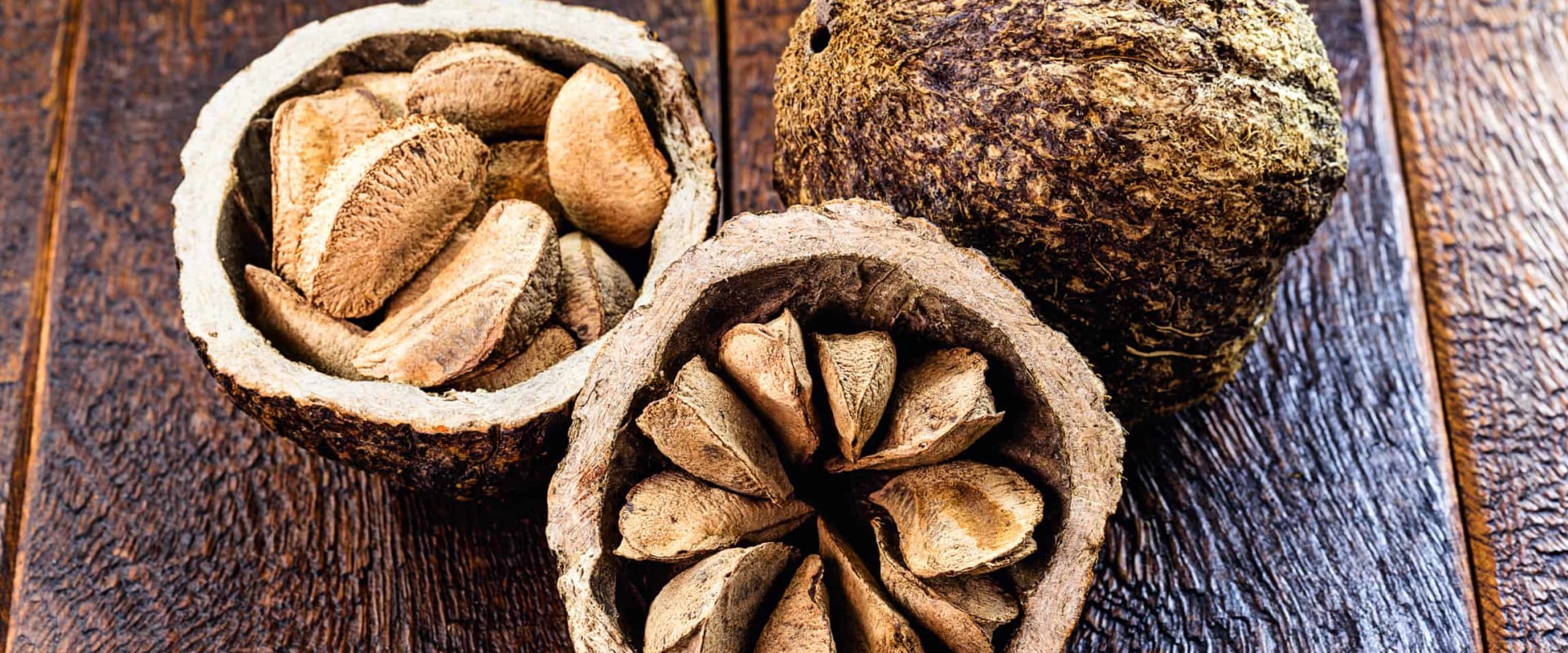Pickers harvest Brazil nuts during the wet season (January-March), when most of the fruits of the trees have fallen to the forest floor. Ripe fruits resemble woody cannonballs, which are so robust that only agouti, a rodent with the right dental equipment, can open them. A lot is invested in the development of a Brazil nut. Brazil walnut trees bloom during the dry season (basically in autumn).
After the flowers are pollinated, the tree bears fruit and takes a full 15 months to develop. Something extraordinary happened along the way. Brazil nuts hooked up with that other Amazonian wonder, rubber, in a symbiotic relationship. The huge demand for rubber that began in the mid-19th century led to waves of settlers from the coast to the forest, where they hit the viscous white latex from May to November.
Many collected raw rubber in Brazil nut shells. In the rainy winter, the chestnut harvest allowed them to work in the forest from December to March. When the rubber market soared, Brazil nut sales continued. From 1847 to 1897, rubber exports grew by more than 2000 percent.
But in the 1870s, settlers in Southeast Asia discovered that they could grow Brazilian rubber trees free of the parasites that prevailed in South America. From 1910 onwards, Brazilians saw rubber prices fall. Those who were stranded in the forest with no secure income turned to Brazil nuts. Today's chestnut trees live as they did a hundred years ago.
They make huts in the woods and wait for the nuts to fall. Most of the harvesting is done in the morning, when the wind is still and there is less chance of being hit by a falling capsule. On a fine day, an experienced collector can find more than a thousand pods, cut them with a machete and transport the nuts, in bags of up to 140 pounds, to the river or the nearest road. In South America, the Brazil nut harvest begins in November and lasts throughout the winter until March.
In Africa, cashew nuts are harvested at two different times of the year. In West Africa, the harvest begins in December and lasts until June, while in East Africa the cashew harvest period is limited to the months of October and November. Cashew nuts from Vietnam are harvested between February and March. In this way, it is possible to meet demand throughout the year.
In Brazil, these seeds are called “Castanhas-do-Pará ¡” or “chestnuts of Pará ¡¡”, because of a state in northern Brazil where trees grow abundantly!. Although there are some plantations, most of the production comes from harvesting the pods in the wild, which takes place from December to March. It's a dangerous profession, as each capsule weighs up to five and a half pounds and falls unannounced from trees at the height of an 18-story building. The pods are thrown into the ground at 50 miles per hour with such force that they can sink deep into the ground.
We expect pickers to wear helmets. Plant in late spring or early summer, when temperatures are consistently warm, above. For centuries, trees have been acquiring more and more human travel agents, those locals who found nuts and pods useful. Despite the obvious differences between nuts and nuts, different types of fatty nuts also go through growth and ripening phases that are linked to seasonal cycles and the development of the source plant.
Your patience is giving an accurate picture of how the chestnut population is replenished and what conditions are most favorable for their regeneration. Brazil nuts contain about 14 percent protein, 11 percent carbohydrates, and 67 percent fat or oil, as well as potassium, phosphorus, calcium, and vitamin B. Ortiz and Forsyth know that it's not just biology that will make the chestnut and tree business healthier for chestnut growers and trees. The harvest of Chandler nuts in the northern hemisphere is usually carried out in October, while in the south (Chile) it is done in April.
The collection of pine nuts in Italy is carried out in winter-autumn (from October to March) and depending on the time when the product may have different degrees of humidity. People consume Brazil nut not only as a protein-rich food, but as a special tea for stomach pains and, ultimately, as an ingredient in Ben & Jerry's Wavy Gravy ice cream. Peanuts are harvested in the southern hemisphere from April to June and in the north between September and October. The real fruit of the Brazil nut tree is a large seed pond that looks like a coconut and can weigh up to five pounds (2 kg).
Not surprisingly, Brazil nuts didn't really take off until the Spanish and Portuguese made better forays into the jungle. Merchants navigate waterways on ships loaded with food and manufactured goods, looking for barter for nuts. If you don't end up with pounds of Brazil nuts, at least you'll have a gorgeous-looking tree tower that will last hundreds of years. The Brazil nuts you buy in the store have been processed, usually by boiling them, so that they do not germinate.
Brazil chestnut trees can take up to 20 years to produce nuts, so this is a project that requires a lot of patience. . .

Leave Message